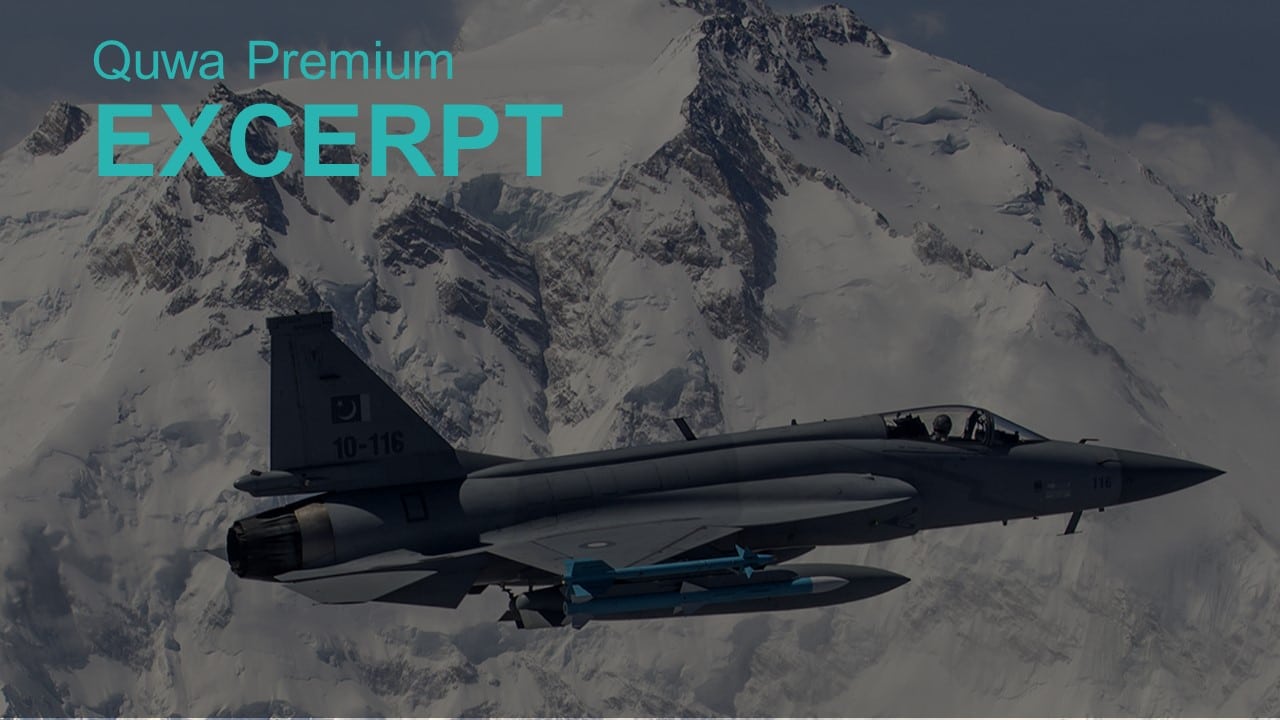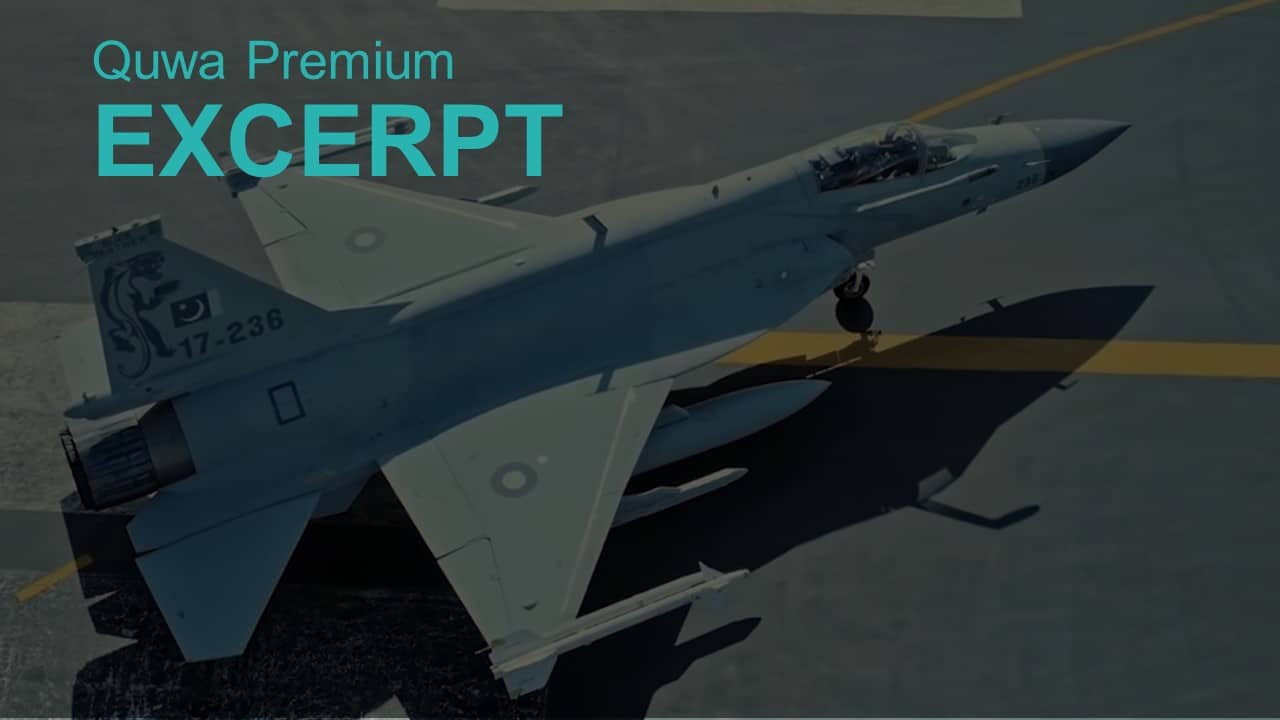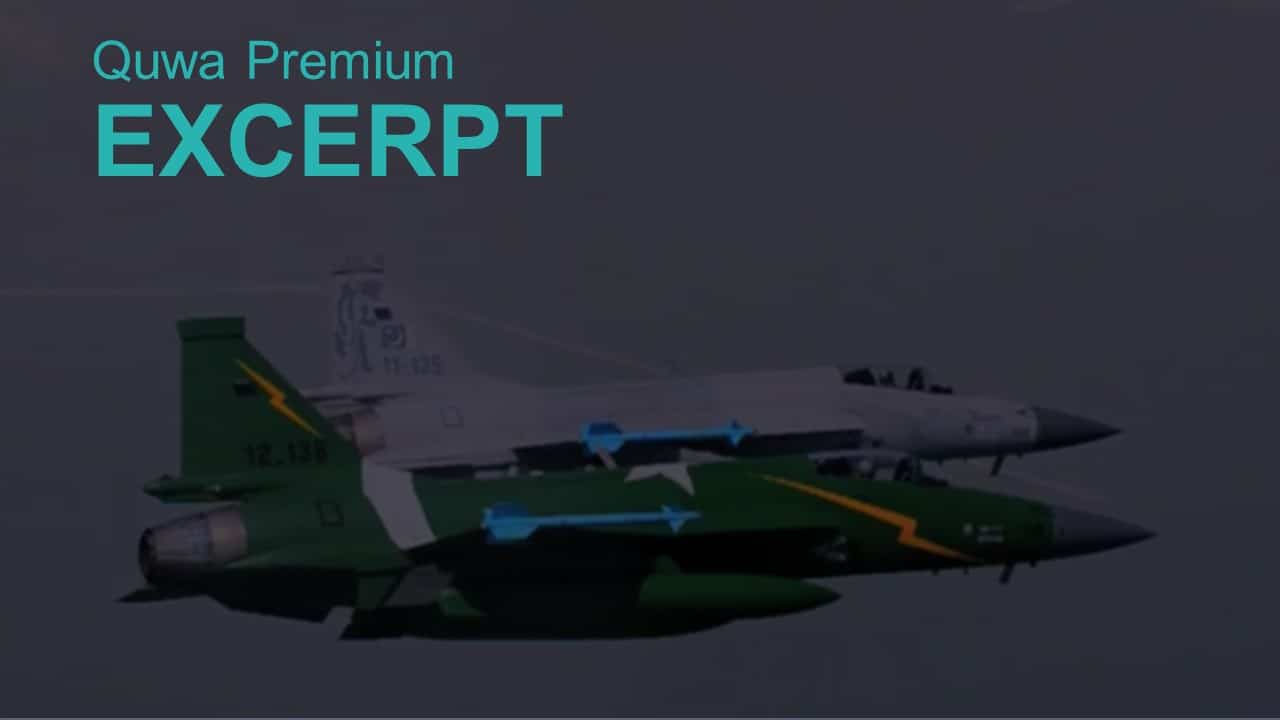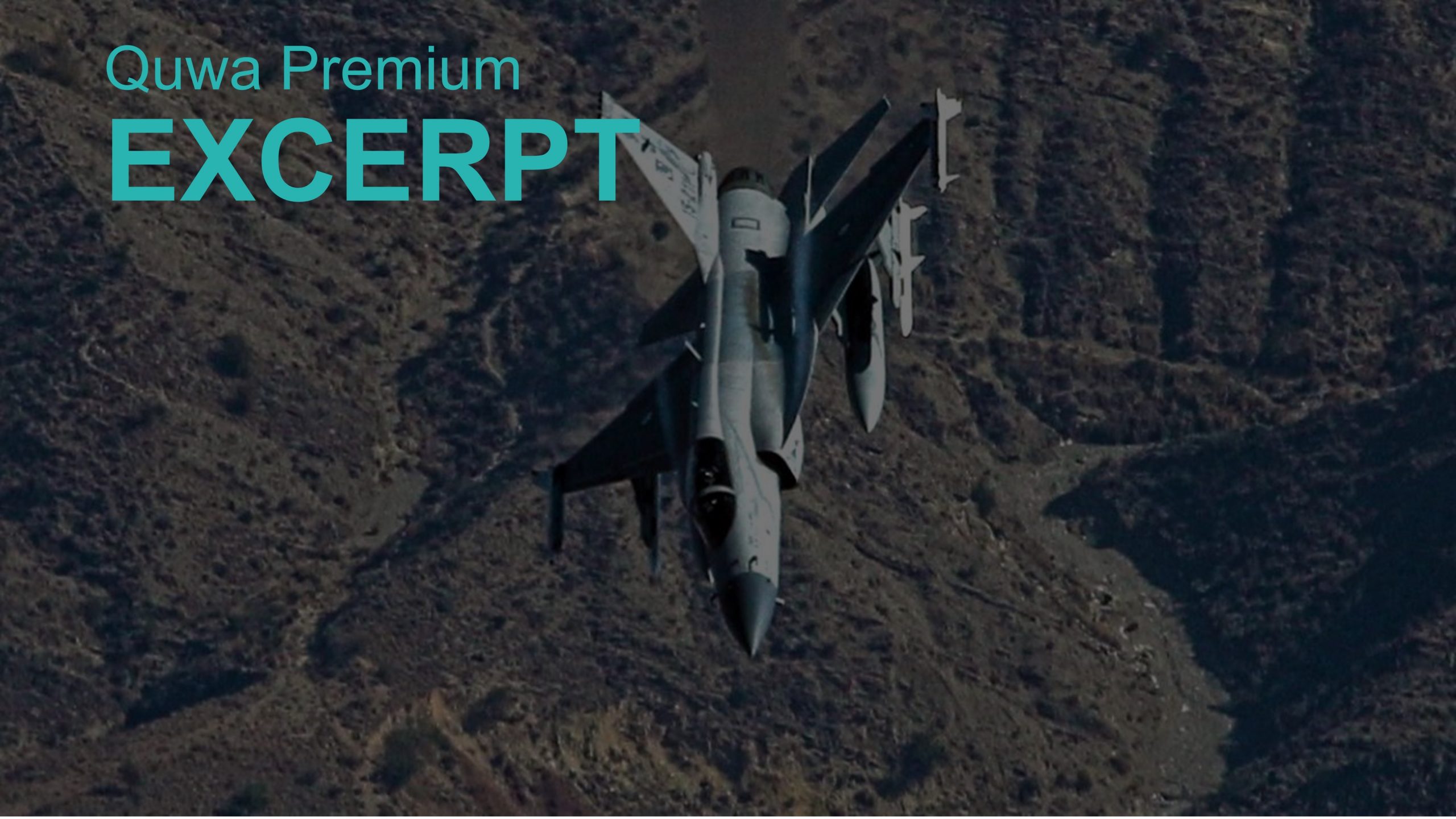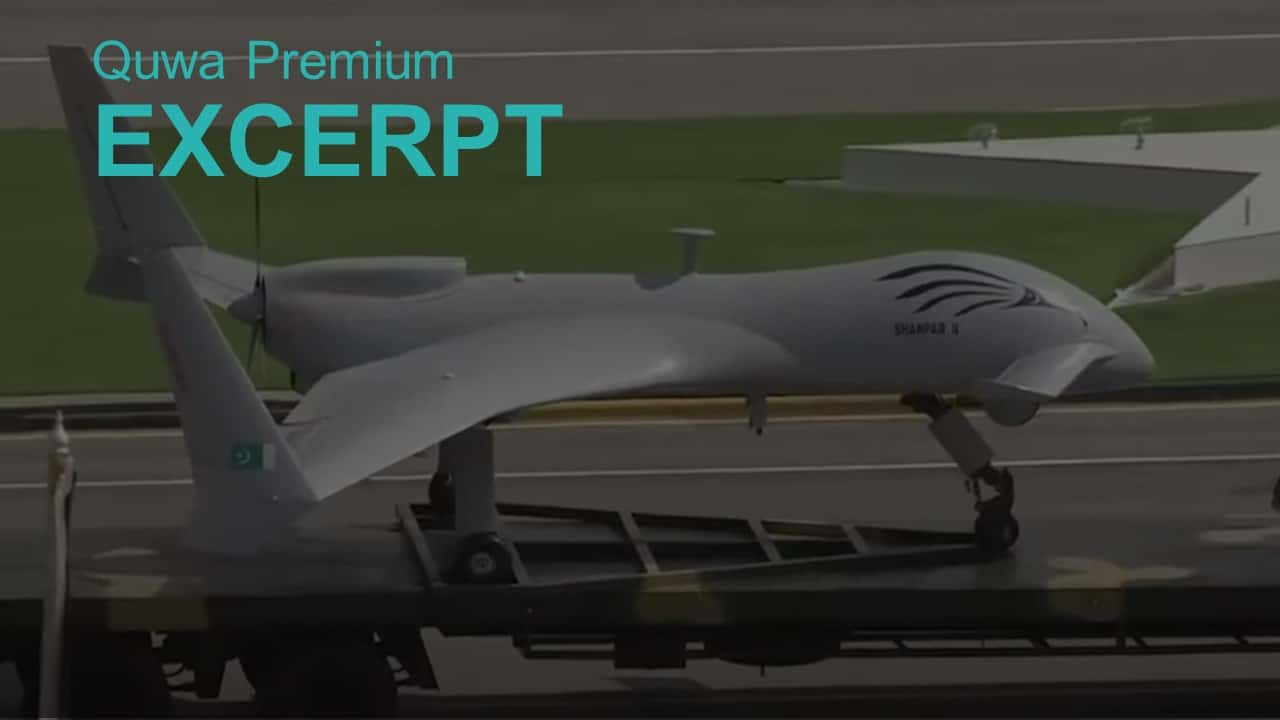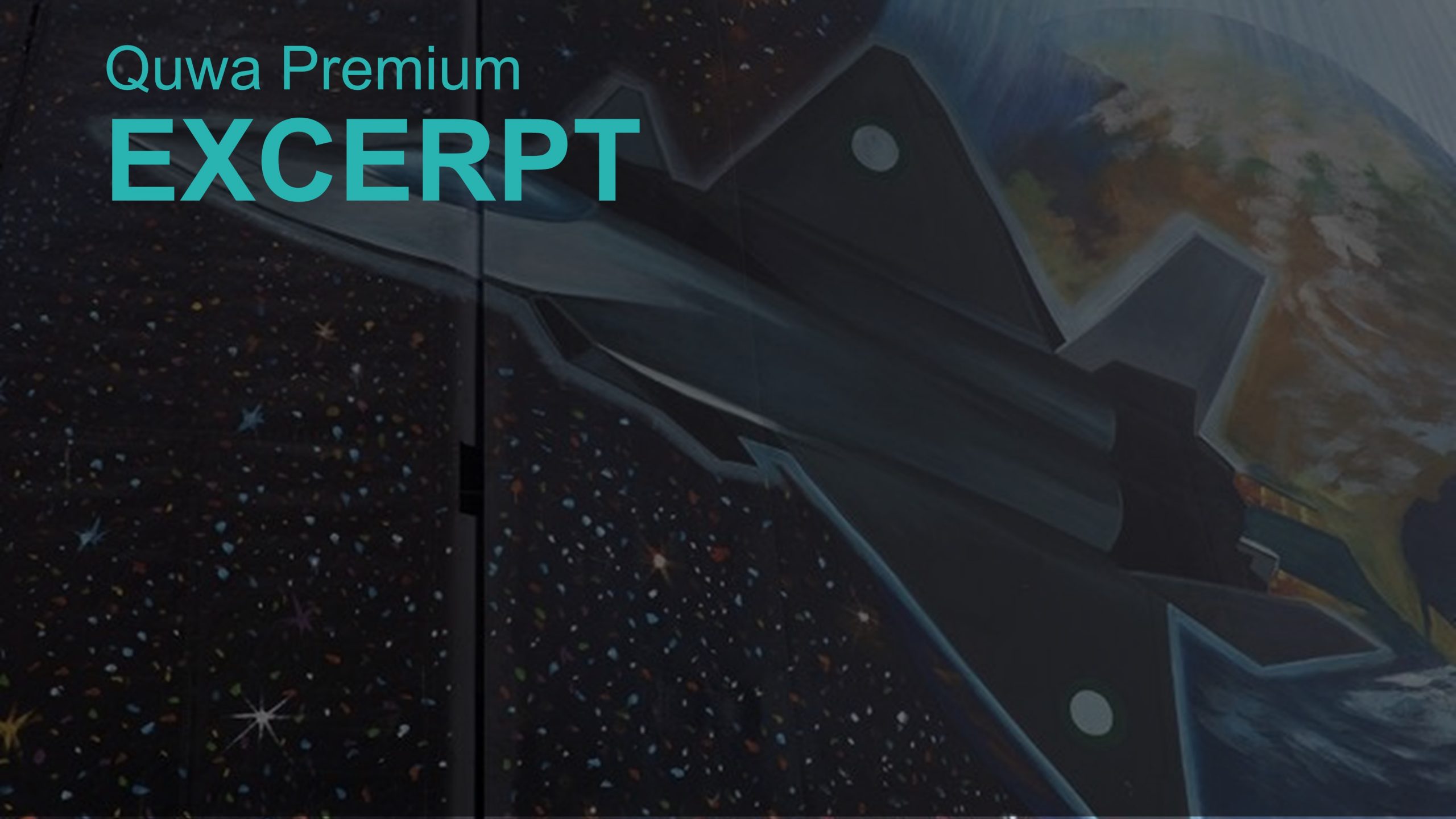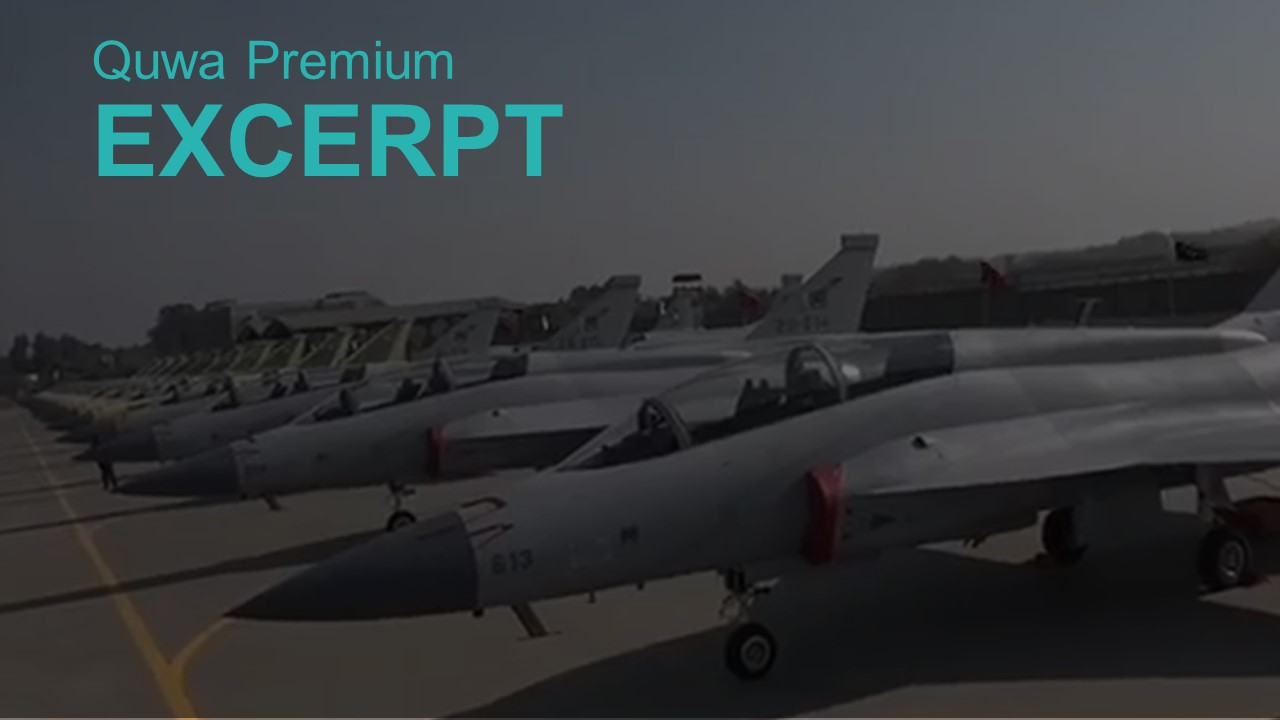Using Swift Retort as a template, the Pakistan Air Force (PAF) will likely carry out the following acquisitions and changes.
The PAF could upgrade its existing JF-17 fleet to acquire fleet-wide ‘first-shot’ and stand-off range strike capabilities in the next five years.
Pakistan Aeronautical Complex (PAC) and the Aviation Industry Corporation of China (AVIC) are looking to seal new JF-17 contracts with Argentina and Malaysia.
A recent photo of a JF-17 Block-III prototype (3001) equipped with the PL-10 high-off-boresight (HOBS) air-to-air missile (AAM) shows that weapons integration is underway.
Having appointed its next Chief of Air Staff – Air Chief Marshal Zaheer Ahmad Babar Sidhu – the PAF will be looking ahead to several key programs in the 2020s.
The reveal of the Shahpar-2 and specifications of PAC’s larger UAV show that Pakistan is intent on developing a domestic drone industry.
The Pakistan Air Force (PAF) recently revealed a wide range of updates on its projects, including its next-generation fighter aircraft (NGFA) program under Project AZM
Note: This article is a partial re-write of an older Quwa Premium piece – “Pakistan’s Mirages: Specialists Enduring Out of Necessity.” However, the latter half of this article delves into how the PAF used the Mirage III/5 during Swift Retort as well…
In 2019, the PAF Chief of Air Staff (CAS), Air Chief Marshal (ACM) Mujahid Anwar Khan, revealed that the PAF was acquiring 26 JF-17Bs to serve as conversion aircraft to the JF-17 platform.[1] The PAF is reportedly moving towards raising a dedicated…
On 30 December 2020, Pakistan Aeronautical Complex (PAC) rolled out 14 twin-seat JF-17B fighters for the Pakistan Air Force (PAF). PAC also showed glimpses of its drone and export projects.

